Celebs and MBs
Celebrity Sunday

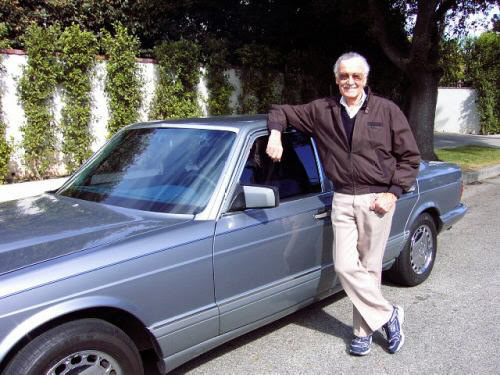
Stan Lee
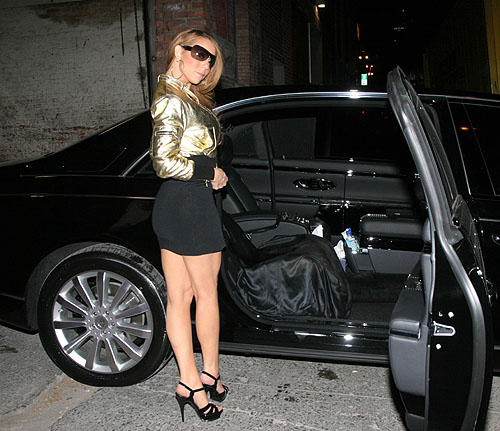
Mariah Carey
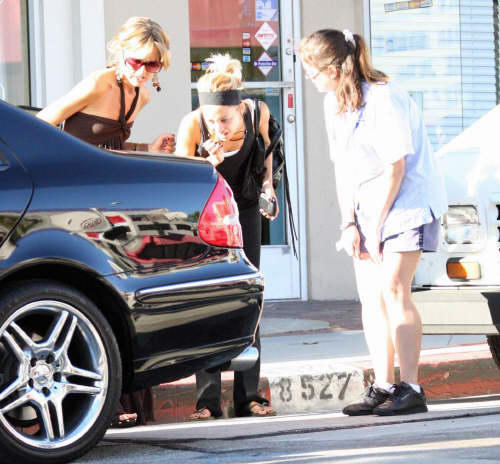
Nichole Richie
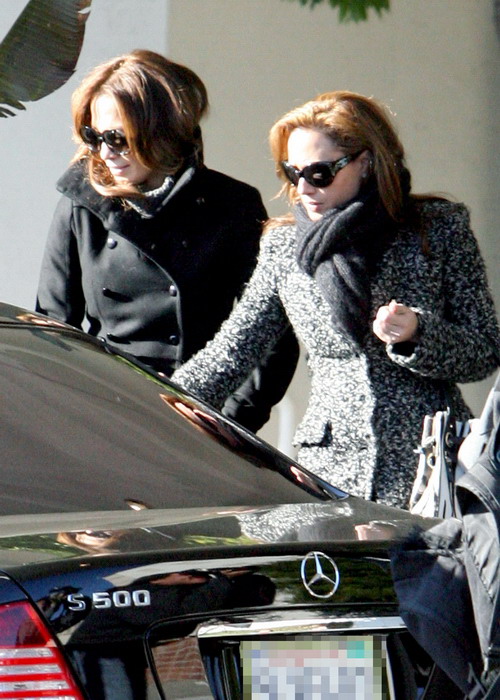
JLO and Leah Rimini
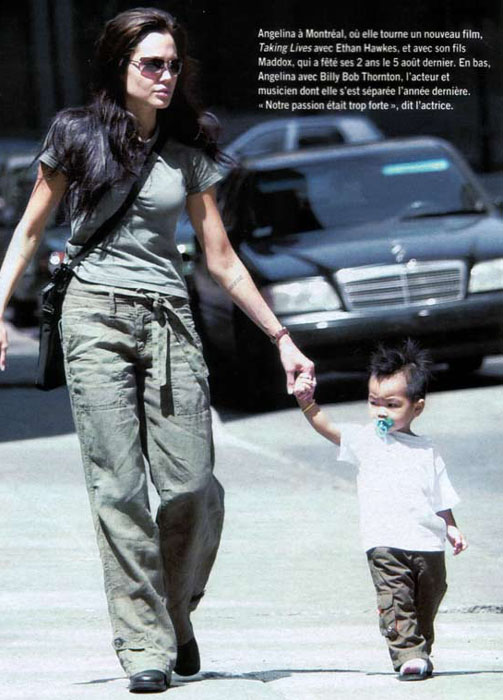
Angelina Jolie and Maddox
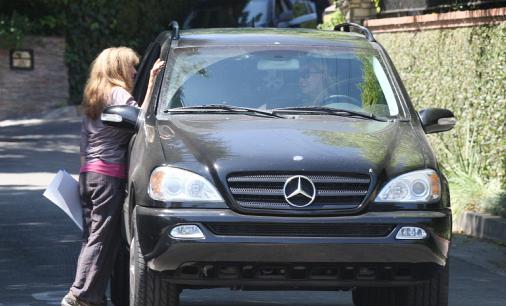
Cameron Diaz
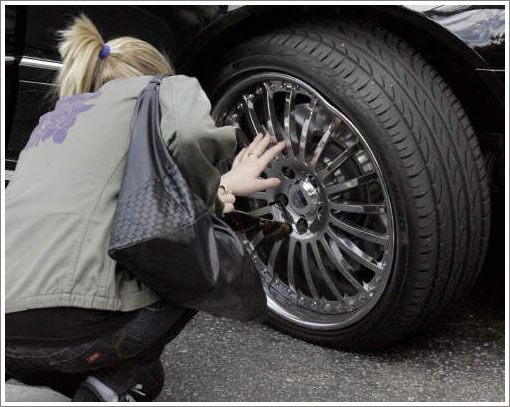
Scarlett Johanssen

Jake Gyllenhaal
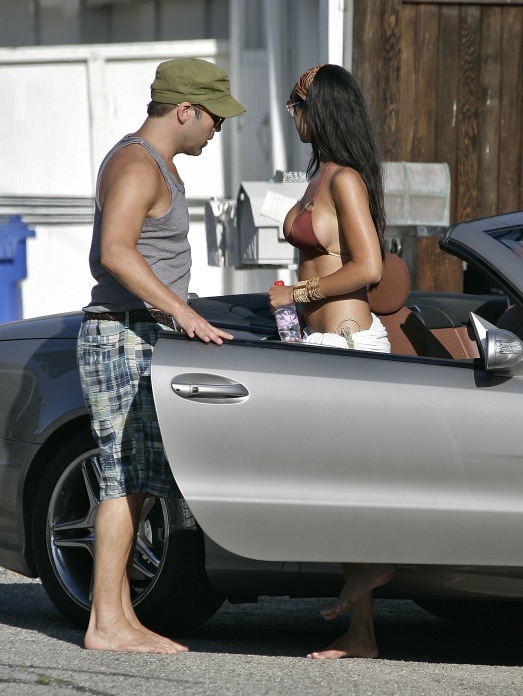
Jeremy Piven
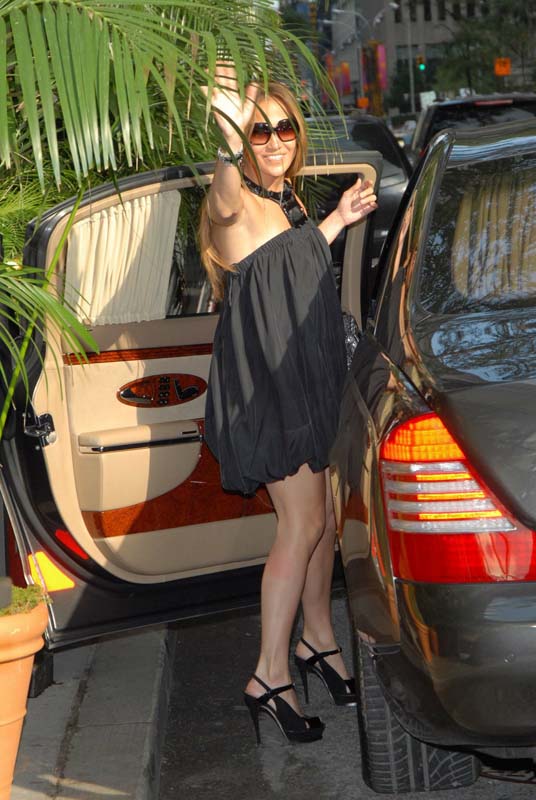
JLO

Brandon Rush

Max Mosley


Stan Lee

Mariah Carey

Nichole Richie

JLO and Leah Rimini

Angelina Jolie and Maddox

Cameron Diaz

Scarlett Johanssen

Jake Gyllenhaal

Jeremy Piven

JLO

Brandon Rush

Max Mosley